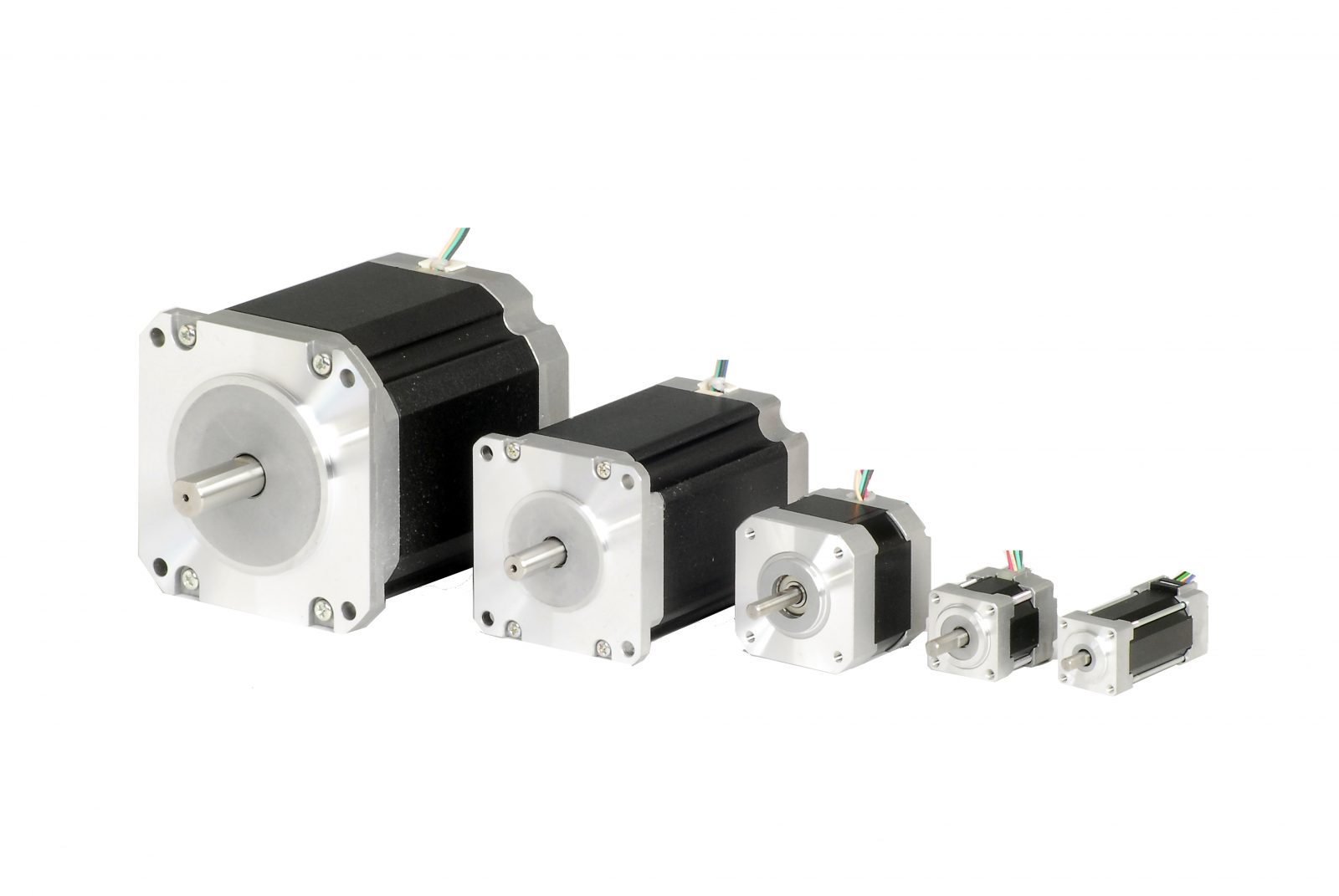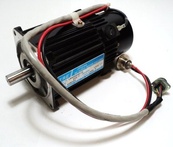MOTORS
A stepper motor is a type of electric motor in which rotation can be achieved incrementally, with the possibility of half-degree steps without feedback on the shaft position. A separate control circuit is required to operate a stepper motor. Stepper motors are used in applications that require precise positioning.
A servo motor, on the other hand, typically includes a pulse-type sensor integrated with the motor itself, designed to measure the angle of the shaft and count rotations.
A servo motor is controlled using an electronic servo controller. The servo controller manages the servo motor by receiving position data from the motor and comparing it to the desired position data. Based on this information, it controls the rotation of the servo motor.
There are several types of servo motors based on various principles, including DC servo motors, brushless DC servo motors, and AC servo motors.
Servo motors are used in motion control systems for applications requiring high precision, such as the axes of NC machine tools, power steering and cruise control in cars, fly-by-wire control systems in aircraft, radio-controlled devices, and more.







